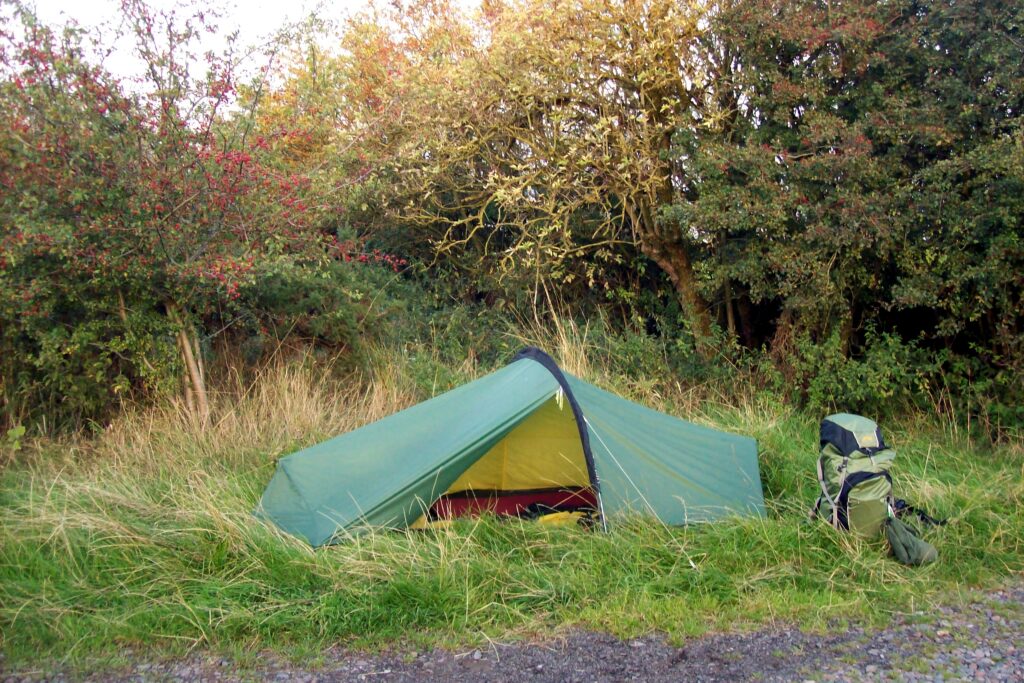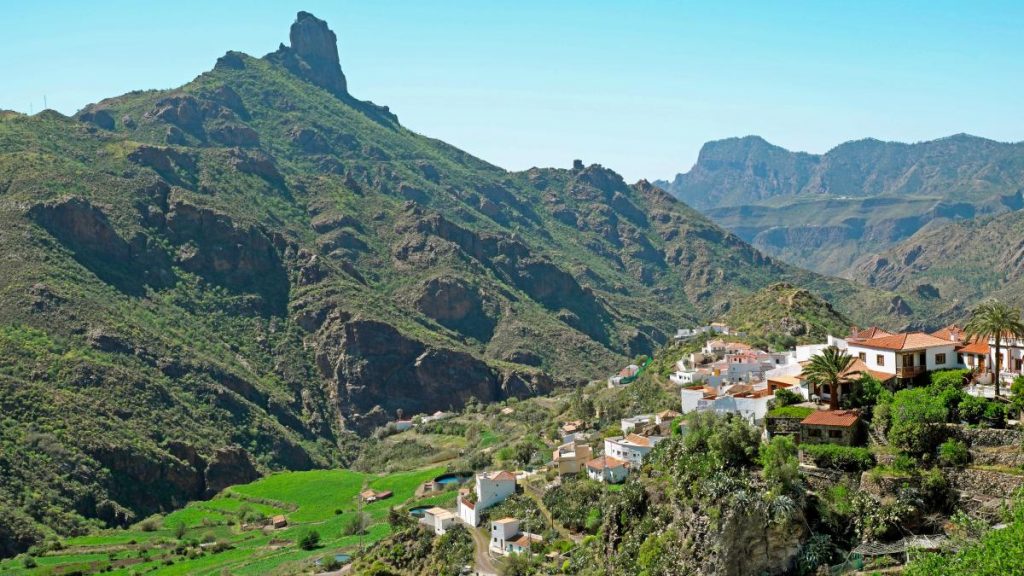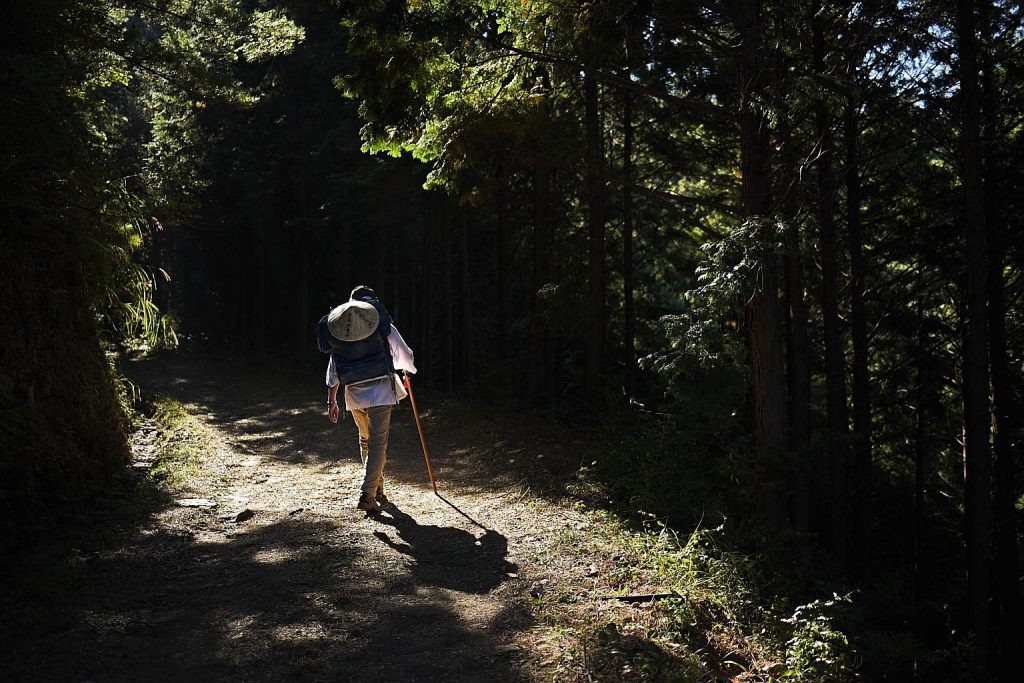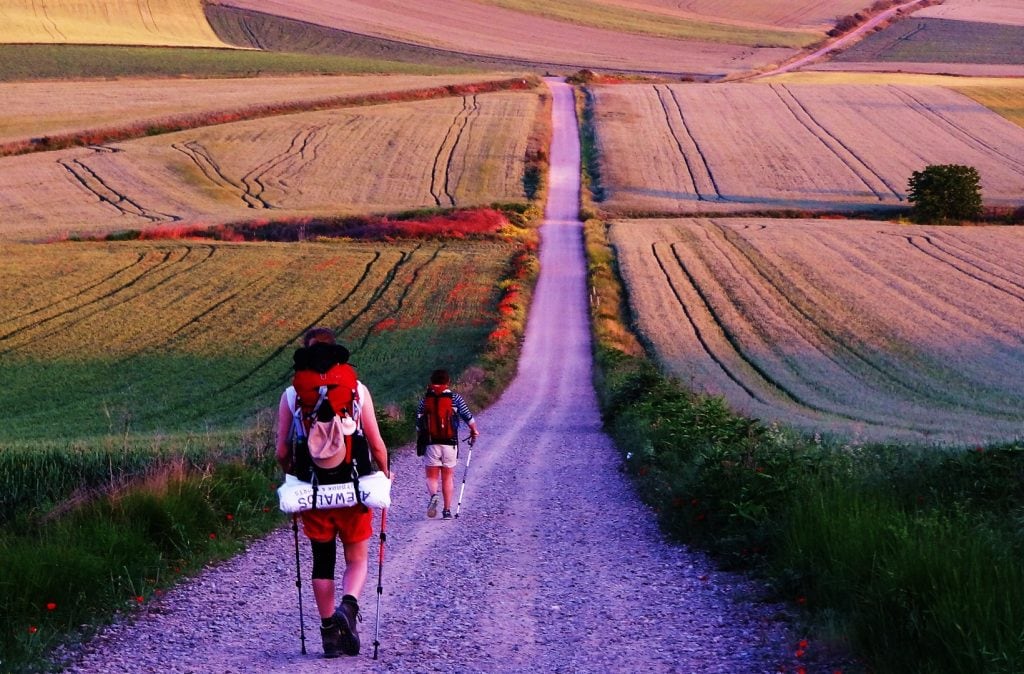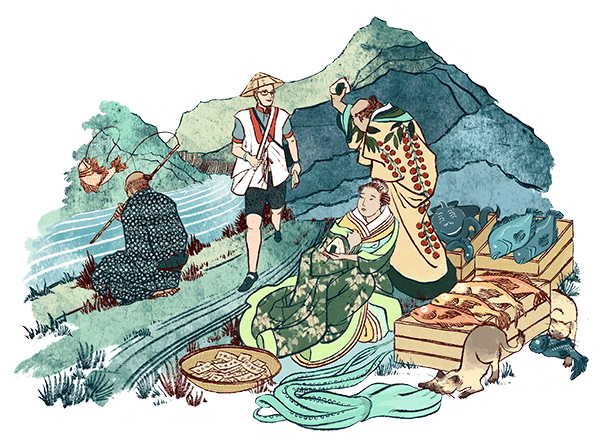Plenty of discussions have been online in the past few years about whether it is okay to wild camp in Shikoku. With the number of pilgrims increasing, so too have the tensions caused by people camping in places they probably shouldn’t.
Now Naoyuki Matsushita, the editor of the authoritative “Shikoku 88 Route Guide“, has weighed in on the subject and I think it leaves no open questions on the matter:
Read more
